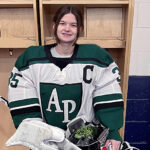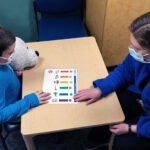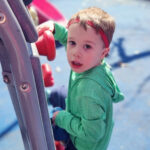Mark’s winning pass with cochlear implants
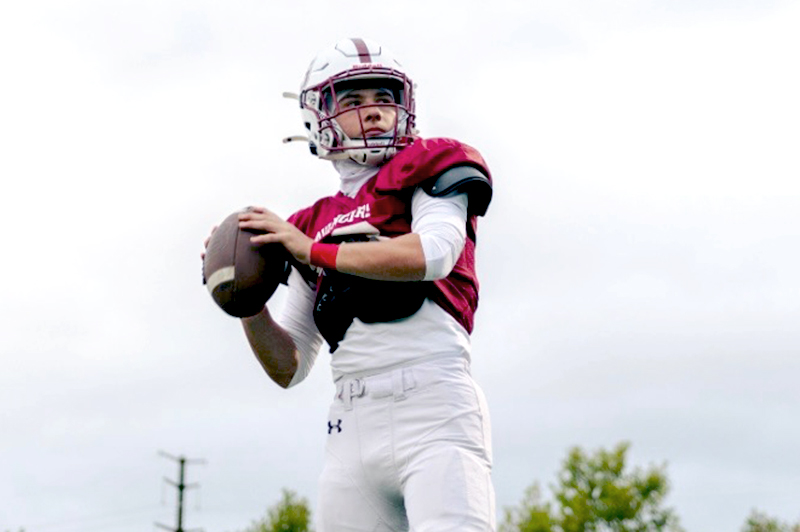
Mark Bradshaw wanted to break out of his parents’ protective shell — as many teens do when they start pushing for more independence.
Mark’s parents, however, hesitated. The issue? Mark, who is 15 and has had cochlear implants since early childhood, wanted to play tackle football.
Access to sound and language
Mark was diagnosed with profound hearing loss soon after his first birthday. Based on the severity of his hearing loss, specialists in the Audiology Program at Boston Children’s Hospital recommended cochlear implants. The devices would give him access to spoken language at an age when children’s brains are laying the groundwork for future language skills.
Mark was 18 months old when Dr. Greg Licameli of the Cochlear Implant Program surgically placed his first cochlear implant and 2 years old when Dr. Licameli placed the second one. A few weeks after each operation, audiologist Dr. Jennifer Harris activated the devices, giving Mark access to sound.
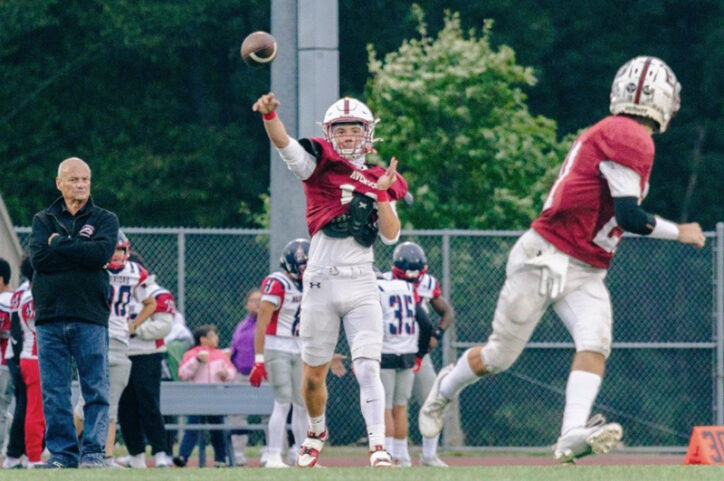
In the years that followed, Mark hit every language-development milestone. After a few years in an oral-auditory program for children with cochlear implants, he entered first grade at the public school in his hometown of East Greenwich, Rhode Island. He also joined the local flag football league.
A football family in a football town
Football is big in East Greenwich — and the Bradshaw family. Mark followed in his father and uncles’ footsteps when he started playing flag football. Like them, he loved it more than any other sport. He was also good at it. Soon he’d earned a reputation among his teammates as a natural quarterback.
As time wore on, however, his friends moved on to tackle football, and Mark wanted to join them. His parents tried to discourage this. “We told him, ‘Golf is a great sport,’” says his mother, Katie. But like a team pushing the ball down the field, Mark persisted. He talked about NFL players with hearing loss and gushed about his love of the game.
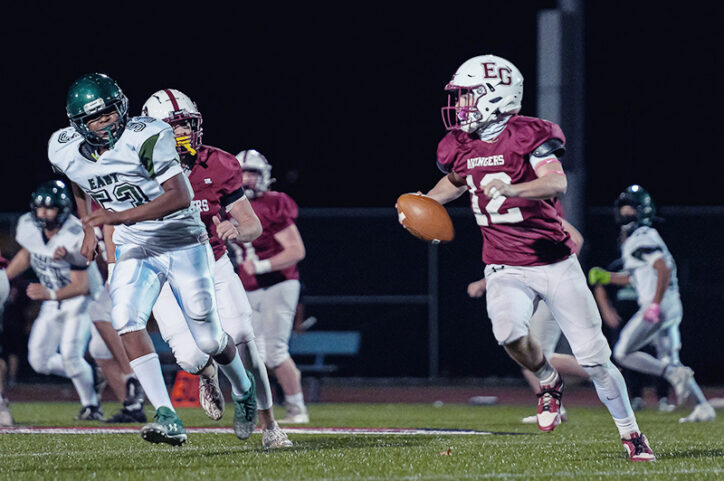
Finally, after a discussion with Dr. Harris exploring the potential risks and latest helmet technology, his parents relented.
“Many of our patients in the Cochlear Implant Program play contact sports,” says Dr. Harris. “Compared to their teammates without a cochlear implant, they will always carry the added risk that the internal device could be damaged. However, an appropriately fitting helmet and protective gear can minimize that additional risk to a degree that we are comfortable encouraging children to participate in the sports they love.”
If Mark played tackle football, Dr. Harris advised, he should avoid taking hard hits. And, while not a safety measure, wearing a skull cap or other thin layer under his helmet would help hold the external devices in place.
Mark’s grand debut
Mark joined his high school’s varsity team in the fall of 2024 and quickly made a splash — not as a player who wears cochlear implants, but as a freshman starting quarterback. In the history of the team, he is the second player to hold this distinction, one he earned with skills he’d honed through years of flag football. In his first game, two of his passes resulted in touchdowns and victory for his team.
“I looked up in the stands, and everyone was on their feet, cheering,” says Mark.
“We were just in shock,” says Katie. “The fact that he was playing varsity as a quarterback and that he threw two touchdowns in his first game. It was big for all of us.”
While she still holds her breath anytime she watches Mark take the field, Katie knows that his cochlear implants play an important role in his ability to play the game he loves so much. The devices that were pivotal in his language development now make it possible for him to call plays, communicate with his coach and teammates, and detect an opponent rushing up on him.
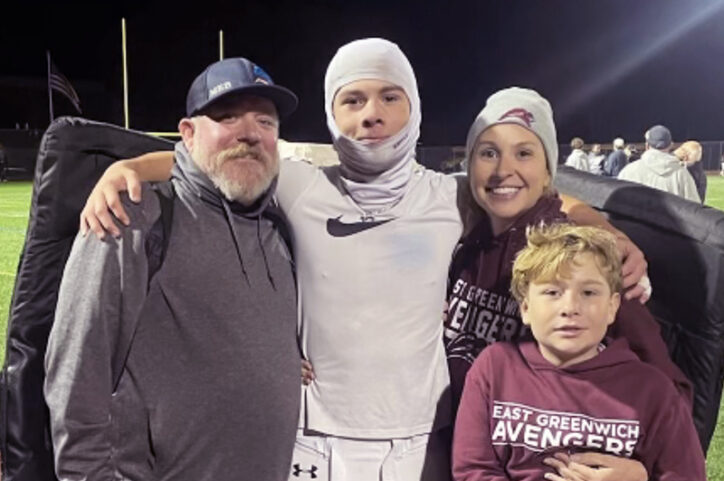
Mark wishes his parents didn’t worry so much about his cochlear implants. But because they do, they work with Dr. Harris to stay up to date on all aspects of his hearing. “Jennifer’s always been there for any issues we’ve ever had,” says Katie. “Every time we go to Boston Children’s, we learn something new.”
Safety recommendations for athletes with cochlear implants
- If an athlete is ever hit in the head, contact their cochlear implant surgeon for medical advice and evaluation.
- In soccer, athletes should not head the ball.
- In wrestling, athletes MUST wear proper head gear.
- Karate and martial arts are not recommended for athletes with cochlear implants.
Learn more about the Audiology Program and the Cochlear Implant Program.
Related Posts :
-

How I hear you: Isabelle’s cochlear implant story
Isabelle is a thriving AP student, hockey player, and online gamer who listens to music and communicates with the help ...
-

A different kind of hearing: Caleb’s cochlear implant
Caleb recently told his mother, “I think I’m going to write my own stories.” This news didn’t surprise ...
-

Are cochlear implants an option for my child?
By providing access to sound, cochlear implants have made it possible for children with severe to profound hearing loss to ...
-

Learning to speak with the help of a bone-anchored hearing system: Owen’s story
Why does 4-year-old Owen love Ghost Spider? For one thing, her suit has purple highlights. For another, her hand forms ...


